29.12.2021
The end of UMTS in Germany: O2 deactivates last 3G sites in its network
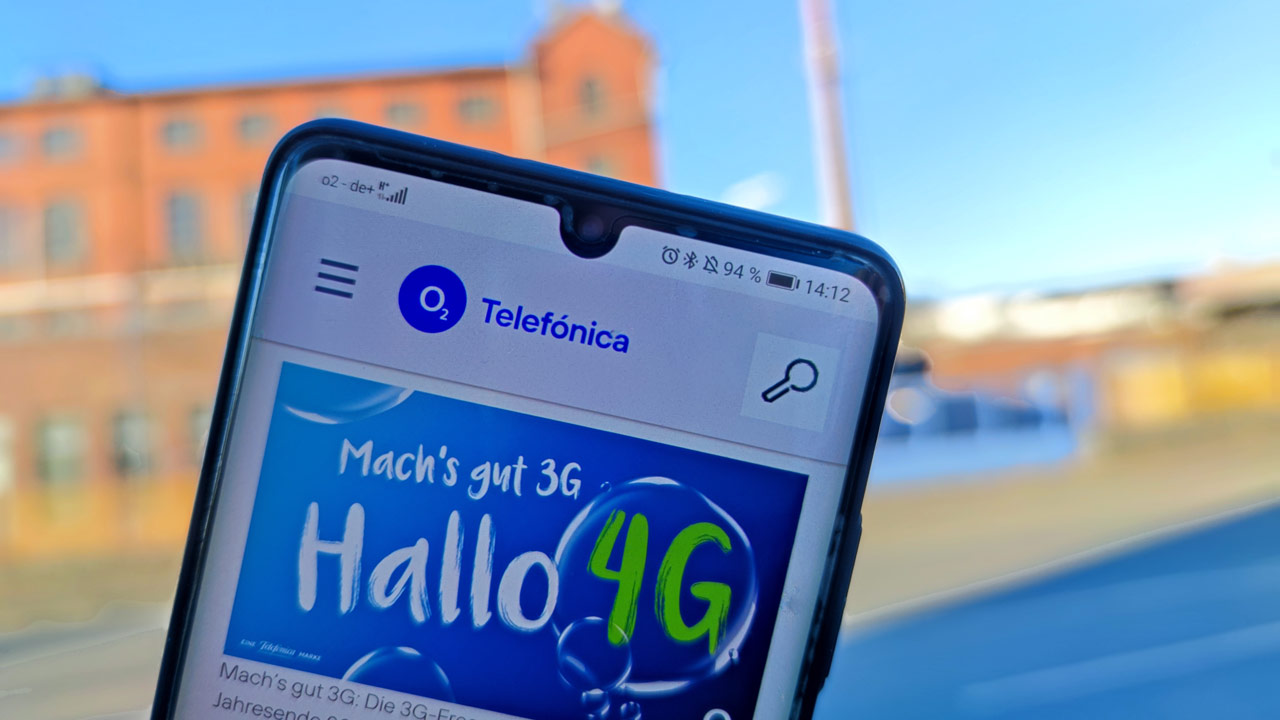
One of the last O2 3G sites is in Wuppertal and will be switched off on December 30, 2021. 4G is already available. ()
A mobile communications era is coming to an end: O2 / Telefónica will shut down the last 3G sites in the O2 mobile network on 30 December, sealing the end of UMTS (3G) in Germany. The freed-up frequencies at 2,100 MHz, which O2 previously used for 3G, will be used entirely for the faster and more efficient 4G standard. This will provide O2 customers with an even more powerful network for using their digital applications - from social media to music and video streaming. The 2G network will remain in place as the basic network for mobile telephony and SMS. Mobile data usage runs on the faster 4G and 5G mobile standards in the O2 network.
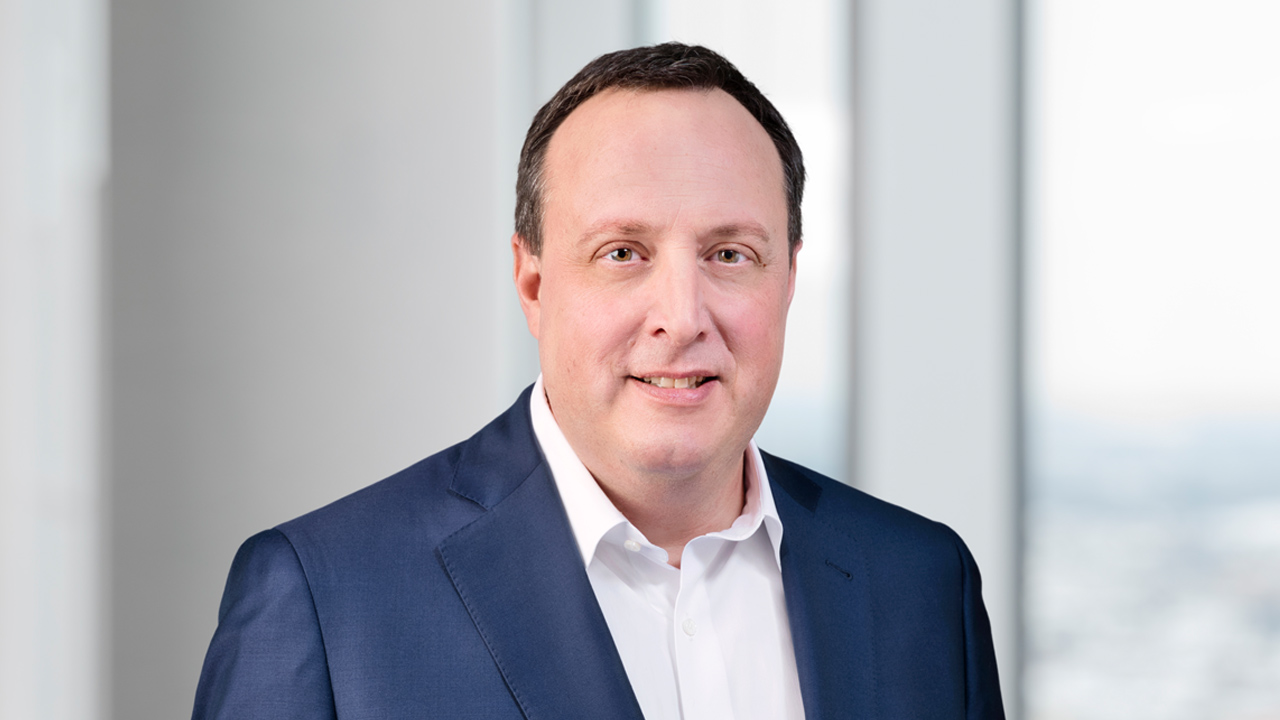
Markus Haas
"More than 20 years ago, we paved the way for mobile data communication in our country with 3G. In the meantime, the days of this technology are numbered, so we are now replacing it at the end of the year," says Markus Haas, CEO of O2 / Telefónica Deutschland. "This year we have seen a tremendous transformation dynamic in the network, with which we are optimally preparing for the digital future in the country: we have switched off 3G, are closing 4G coverage gaps and are pushing ahead with the roll-out of 5G at a rapid pace. We are in the midst of the most ambitious network rollout program in our company's history and are investing more in our network than ever before."
3G switch-off took place in several steps
O2 has completed the nationwide 3G network switchoff in several steps since July 2021. In summer, the company still operated around 16,000 sites with 3G technology. On 30 December, the provider will finally take the last 300 or so 3G sites off the grid.
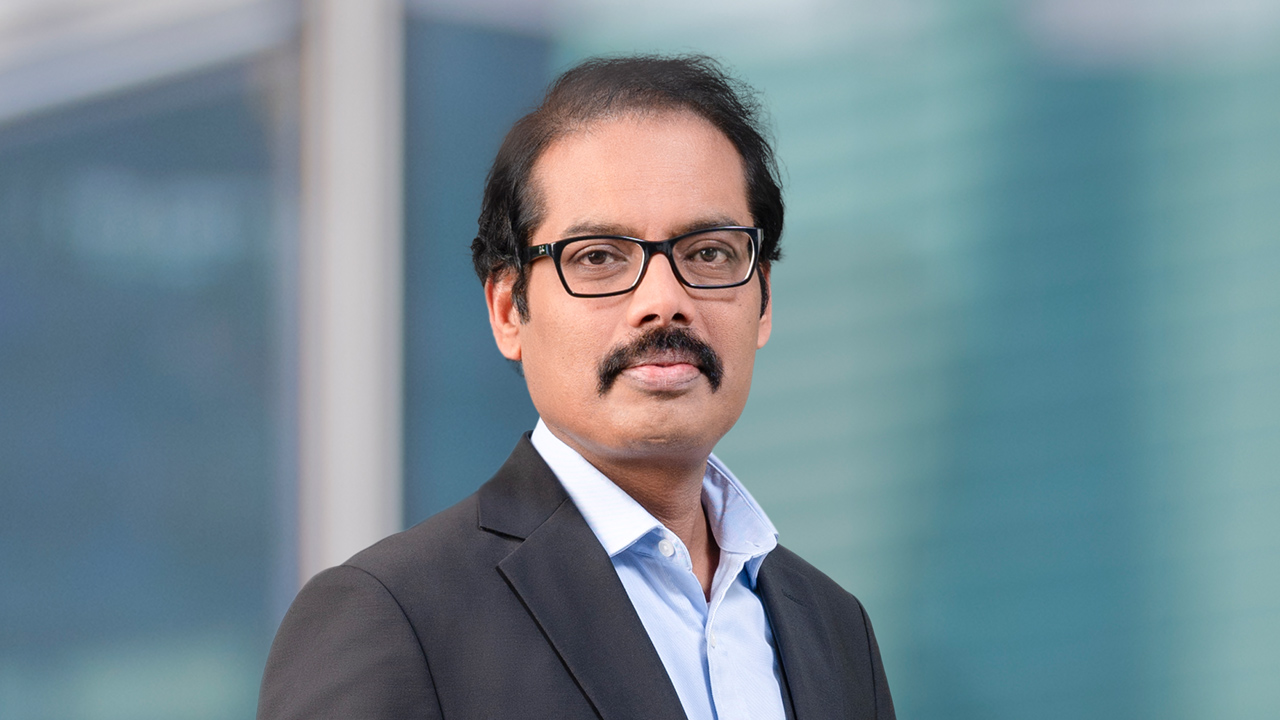
Mallik Rao
"The future is 5G. Our focus is clearly on the continuous expansion of the 5G network to enable new digital applications for consumers and business," says Mallik Rao, Chief Technology & Information Officer at O2 / Telefónica Deutschland. "We started the 5G expansion turbo this year and already provide around 30 percent of the population with the fast mobile standard. Over 99 percent of the population benefits from our 4G network. With our rollout, we are optimally addressing the exponentially increasing data usage in the country while offering our customers an ever better network experience."
Faster, more efficient, more powerful - conversion to 4G offers customers numerous benefits
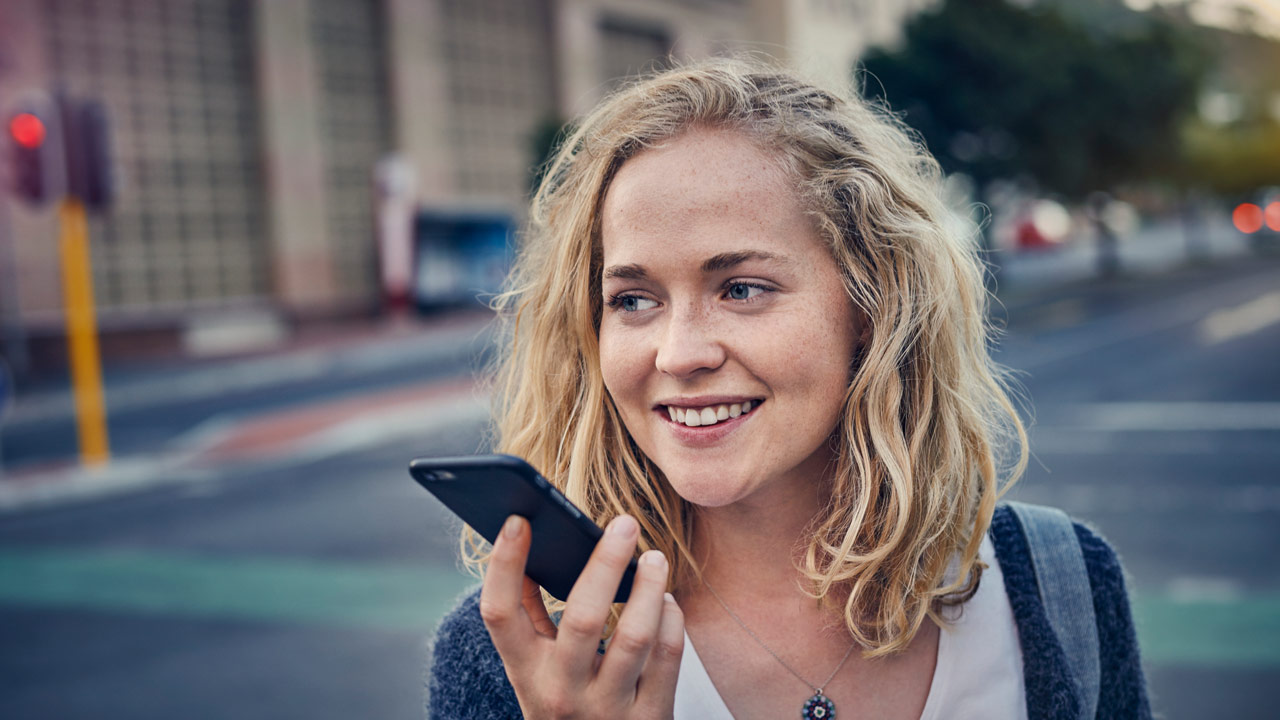
4G offers significantly faster connection speeds and a better audio quality for telephone calls. ()
By converting 3G to the faster 4G standard, O2 can squeeze significantly more performance out of the same frequency spectrum for customers. With 4G, they surf the O2 network at up to 225 Mbit/s,1 instead of up to 42.2 Mbit/s with 3G. In addition, 4G has significantly faster response times of around 20-40 milliseconds than 3G with around 50-150 milliseconds. In addition, voice calls over the 4G network (via Voice over LTE; VoLTE) offer shorter call set-up times and crystal-clear call quality. With 4G, modern IoT solutions can also be used, for example for smartwatches, IoT trackers, and in the business customer segment for smart devices such as vending machines. In parallel, the O2 5G network opens up an even better network experience and enables new digital connectivity solutions such as virtual reality gaming.
O2 / Telefónica has taken comprehensive measures to ensure that all customers can take the step into the digital future. The company offered all its own customers a free SIM swap if they were still using a SIM card limited to 3G. Where still necessary - e.g., due to older cellular tariffs - the provider unlocked the tariffs for 4G free of charge in advance. For all O2 customers who do not yet have a 4G-capable device, O2 has attractively priced smartphone offers. For price-conscious customers, some 4G-capable devices were available for less than EUR 100.
3G marked the start of mobile data usage in Germany
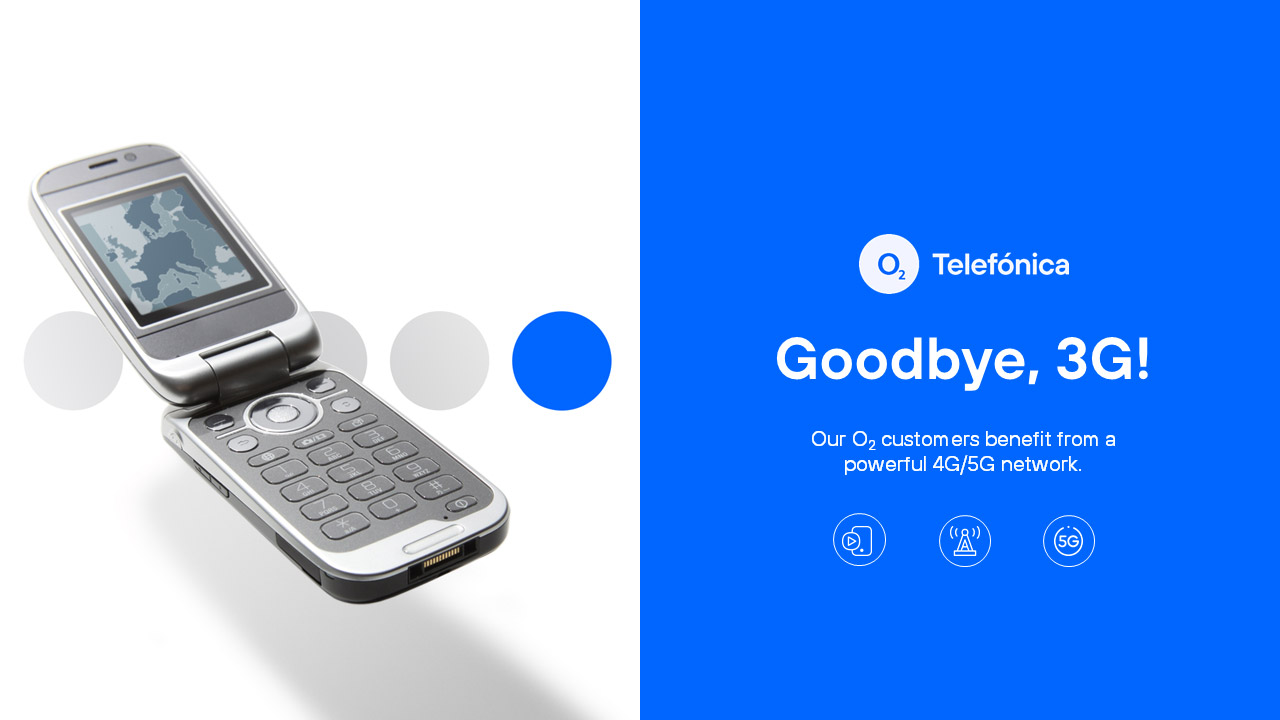
O2 deactivates last 3G sites in its network
More than 20 years ago, 3G was seen as a beacon of hope for a new mobile age and marked the start of mobile data usage. The frequencies, which were auctioned off in 2000 for a total of over 100 billion Deutsche Mark, were extremely coveted. However, the commercial launch of the 3G network did not take place until 2004, when the first 3G-capable devices such as the Nokia 7600 also appeared on the market. The first 3G-capable iPhone even followed in 2008.
"At the time, the 3G auction marked not only the starting point for the mobile Internet, but also for an expensive spectrum policy with serious consequences. Unfortunately, this was a lesson in the negative sense. It is urgently time to break new ground in spectrum policy and push ahead with the nationwide expansion of digital infrastructure in Germany with all our might. Nothing less than the digital future of Germany as a business location is at stake. That is why we should extend existing frequencies instead of auctioning them off," says CEO Markus Haas.
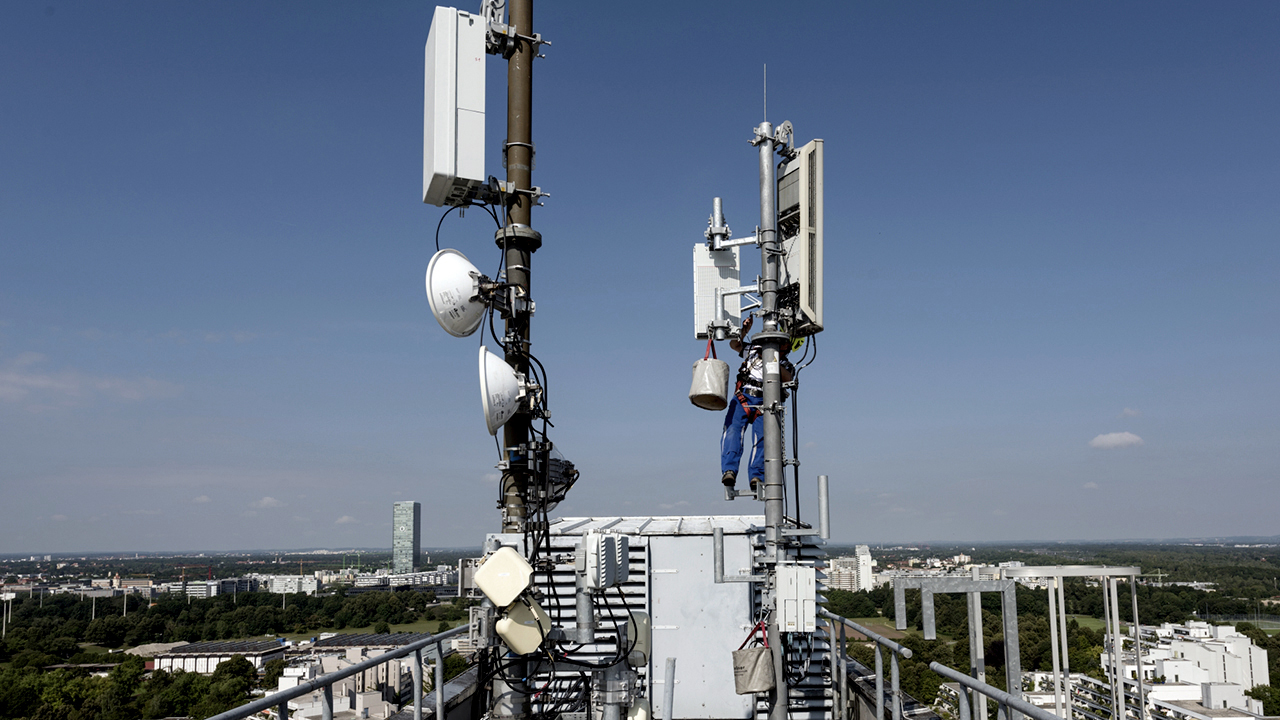
The O2 5G network will cover the whole of Germany by the end of 2025. ()
Even in its heyday, 3G never reached the level of expansion that 4G offers today: O2 reached around 90 percent of the population with its 3G coverage. With 4G, the O2 network today already covers over 99 percent of the population. The new O2 5G network will cover the whole of Germany by the end of 2025. O2 is rolling out the new 5G standard faster than any other technology before, opening up new digital opportunities for its consumers and business customers.
| 1 | Mobile data usage at up to 225 Mbit/s (average 59.7 Mbit/s; upload up to 50 Mbit/s, average 25.6 Mbit/s) |